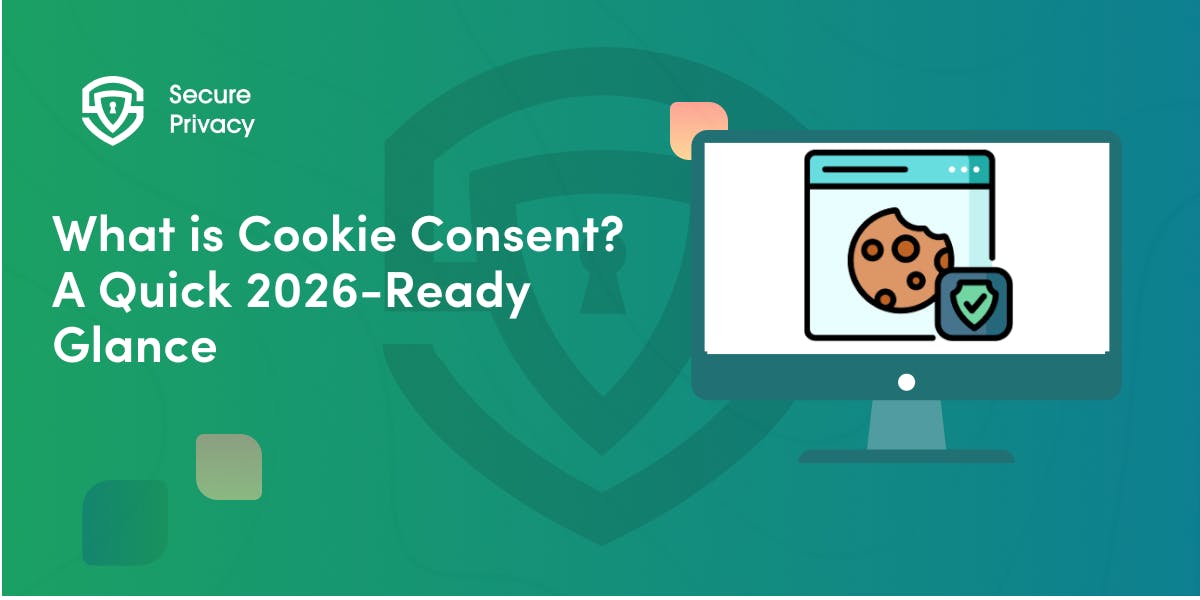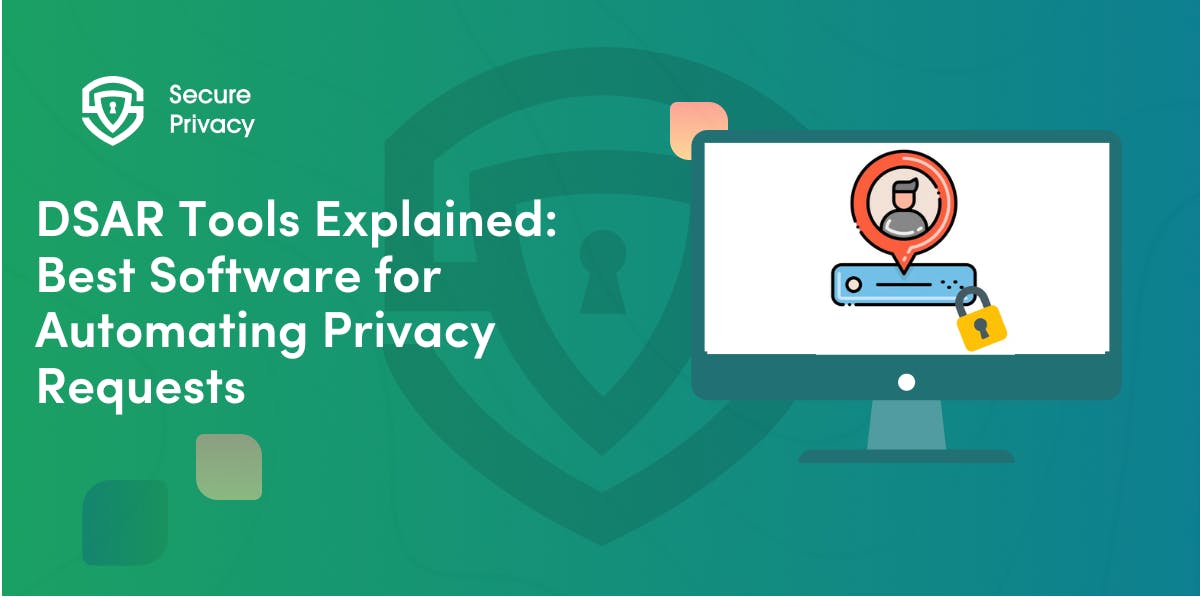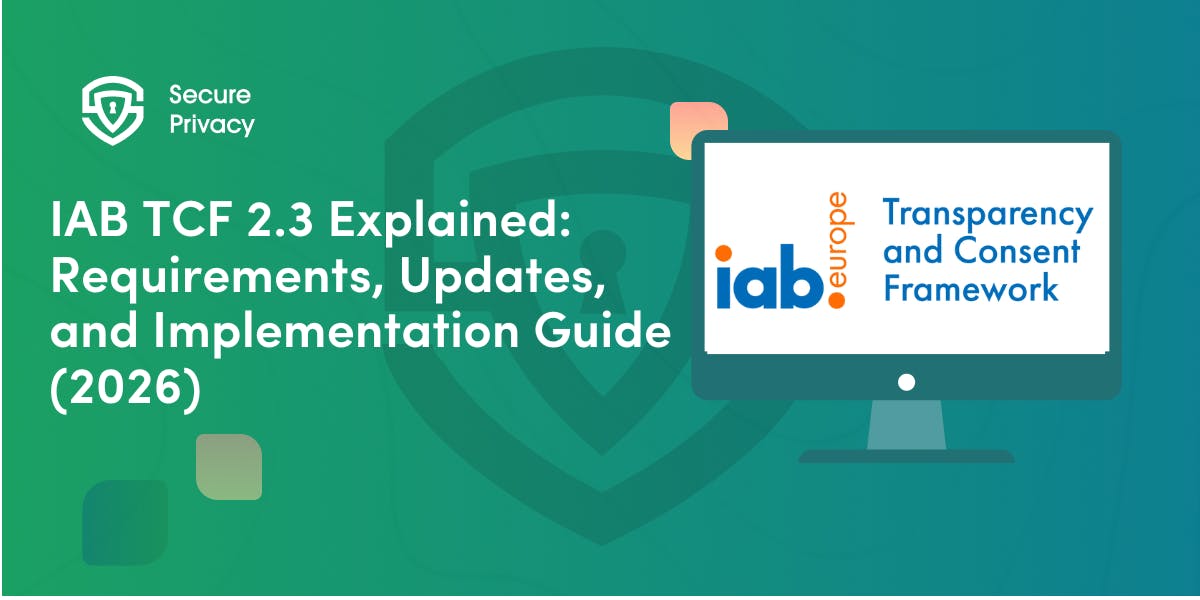Ensuring Compliance with the CPRA: A Guide to Creating a Policy Template for Your Organization
This article will explore the importance of a CPRA policy template, what it is, why it is necessary, and how to create, implement, and update it. Whether you are a business owner or a privacy professional, this article will provide the knowledge you need to create an effective CPRA policy template that meets legal requirements and protects consumer privacy.
In today's digital world, the need for privacy protection has become more critical than ever before. With the rise of cybersecurity threats and data breaches, it is more important than ever to take steps to protect data privacy. The California Privacy Rights Act (CPRA) is a new law that gives consumers more rights and protections for their privacy. To comply with this law, organizations must have a CPRA policy. A CPRA policy template is a blueprint for creating this policy, outlining the necessary measures an organization must take to protect consumer privacy. This article will explore the importance of a CPRA policy template, what it is, why it is necessary, and how to create, implement, and update it. Whether you are a business owner or a privacy professional, this article will provide the knowledge you need to create an effective CPRA policy template that meets legal requirements and protects consumer privacy.
What is a CPRA policy template?
A California Privacy Rights Act (CPRA) policy template is a document that explains how an organization will handle data privacy and make sure it follows the law.It gives you a complete privacy policy plan that meets the CPRA's requirements. A well-made CPRA policy template tells an organization how to handle personal information and what it has to do to protect consumers' privacy.
A CPRA policy template might have different parts, but it usually has parts like:
- Scope: defines the scope of the policy and what types of data are covered under the policy.
- Data Collection: describes the organization's data collection practices and how personal information is obtained.
- Data Use and Sharing: outlines how personal information is used and shared with third parties.
- Consumer Rights: describes the rights of consumers under the CPRA, including the right to access, delete, and opt-out of the sale of personal information.
- Data Security: describes the measures the organization takes to protect personal information from unauthorized access or disclosure.
- Enforcement: outlines the process for handling privacy violations and the consequences of non-compliance.
Businesses in California that collect or handle personal information must have a CPRA policy template covering all bases. It tells the organization how to handle personal information clearly and protects it from legal and financial problems. For more information on CPRA compliance, read this article.
Why is a CPRA policy template necessary?
A CPRA policy template is needed for several reasons, such as legal compliance, building trust with consumers, and managing risks.
First, the CPRA requires organizations to provide certain privacy protections for consumers. They can be fined and face other legal problems if they don't. A CPRA policy template ensures that an organization meets the law's data privacy requirements and lowers the risk of fines and legal action.
Second, a CPRA policy template helps build consumer trust by making the organization's data privacy practices clear and open. Consumers are more likely to do business with companies that prioritize their privacy and security, and a comprehensive CPRA policy can help build customer trust.
Lastly, a CPRA policy template is an important tool for managing risks that helps organizations find and deal with privacy risks. The policy can help reduce the risk of data breaches, reputational damage, and other privacy-related incidents by outlining the steps an organization takes to protect personal information.
A CPRA policy template is necessary for legal compliance, consumer trust, and risk management. By establishing clear data privacy and protection guidelines, organizations can meet their legal obligations, build customer trust, and reduce privacy-related risks.
How to create a CPRA policy template
Creating a CPRA policy template can be hard, but the steps below can help organizations come up with a good policy:
- Identify the scope of the policy: Determine which types of data the policy covers and which parts of the organization it applies to.
- Conduct a privacy impact assessment: Identify the risks and benefits associated with the organization's data collection, use, and sharing practices.
- Determine the legal requirements: Understand the legal requirements of the CPRA and other relevant laws that apply to the organization.
- Define data collection and use practices: Define how the organization collects and uses personal information, including the types of data collected, the purposes for which the data is used, and the methods used to obtain consent.
- Develop data protection measures: Outline the measures taken to protect personal information, including access controls, encryption, and data retention policies.
- Describe consumer rights: Describe the rights of consumers under the CPRA, including the right to access, delete, and opt-out of the sale of personal information.
- Create an enforcement plan: Develop a plan for handling privacy violations, including the consequences of non-compliance.
- Review and revise the policy: Review the policy regularly and make changes as necessary to ensure ongoing compliance with the CPRA and other relevant laws.
When making a template for a CPRA policy, it's important to follow best practices, like consulting with legal experts, involving stakeholders, and asking for consumer feedback. Other organizations' examples of CPRA policy templates can also be helpful for guidance and ideas. Learn about the difference between a policy template and terms of service.
Implementing and updating a CPRA policy template
Once an organization has created a CPRA policy template, it must be implemented and regularly updated to ensure ongoing compliance with the CPRA and other relevant laws. Here are some steps to consider:
- Communicate the policy to employees: To ensure compliance, all employees should understand the organization's data privacy policies and practices. Regular training and awareness campaigns can help to promote understanding and awareness.
- Obtain consent: The organization should obtain explicit consent from consumers before collecting, using, or sharing their personal information.
- Monitor compliance: The organization should establish a compliance program to monitor and enforce adherence to the policy.
- Update the policy: The policy should be reviewed regularly and updated to ensure compliance with changing legal requirements and industry best practices.
- Respond to consumer requests: The organization must promptly respond to consumer requests for information, access, deletion, or opt-out of the sale of personal information.
- Monitor and assess risks: The organization should regularly assess and monitor the risks associated with its data privacy practices and adjust the policy accordingly.
By implementing and updating the CPRA policy template, organizations can ensure that they comply with the CPRA and protect consumer privacy. Regular reviews and policy updates can help mitigate privacy risks and ensure ongoing compliance. Maintaining transparency and communicating the policy to all stakeholders is essential to building consumer trust and confidence.
Final Thoughts
The California Privacy Rights Act (CPRA) has given businesses in California new rules about how they handle personal information. The CPRA policy template is key to meeting these requirements, building consumer trust, and reducing privacy risks. By following best practices and keeping the policy up-to-date, organizations can ensure they always follow the CPRA and other relevant laws, build trust with customers, and lower the risk of privacy-related incidents. Any organization in California that collects, uses, or shares personal information must use a comprehensive CPRA policy template. This is an important step toward creating a culture of data privacy and protection.
Get Started For Free with the
#1 Cookie Consent Platform.
No credit card required

What is Cookie Consent? A Quick 2026-Ready Glance
Your website loads. Cookies track users. But without proper cookie consent, you're violating GDPR — risking fines up to €20 million or 4% of global revenue. Cookie consent is the legally required mechanism by which websites obtain explicit user approval before deploying non-essential tracking technologies. This requirement stems from GDPR Article 4(11) and the ePrivacy Directive, mandating that consent must be freely given, specific, informed, and unambiguous.
- Legal & News

DSAR Tools Explained: Best Software for Automating Privacy Requests
You're drowning in data subject access requests. Manual searches through dozens of systems miss regulatory deadlines and expose organizations to fines starting at $2,500 per violation. The solution? DSAR tools — purpose-built software that automates the entire process of responding to data subject access requests, from intake to delivery.
- Legal & News

IAB TCF 2.3 Explained: Requirements, Updates, and Implementation Guide (2026)
Your ad revenue dropped 40% overnight. Google stopped bidding on your inventory. Your DSP partners flagged your traffic as non-compliant. The culprit? An outdated TCF 2.2 consent string after the February 2026 enforcement deadline.
- Legal & News
- Cookie Consent
